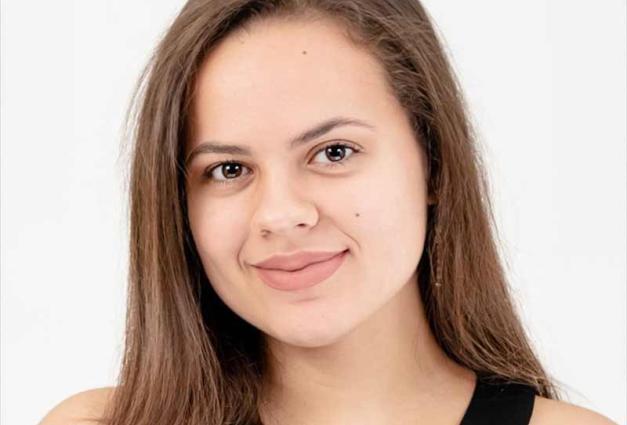The SPSP Student Committee collected data from individuals recently on the job market (N = 308). Building on last month’s article, this month we highlight correlates of job outcomes.
As one would imagine, securing an academic position is quite competitive. As such, most individuals will stay on the job market for several rounds. Specifically, when asked how many times people were on the job market, 45% responded once, 27.8% responded twice, 15.4%. responded three times, and 8.4% responded more than three times.
Further, there was great variability in the number of tenure-track positions people applied for each time.
Notably, not all respondents applied for a tenure-track position in their first round on the job market (8.5%). There were also several individuals who did not apply to a tenure-track job during their second time on the academic job market (3.2%).
The number of tenure-track jobs for which people applied was significantly correlated (at the level of p < .001) with how many callbacks (r = .48), interviews (r = .35) and offers (r = .24) were received.
Summary of results for the first time on the job market.
Those who applied for tenure-track jobs and eventually received an offer applied to significantly more jobs (M = 53, SD = 45) than those who did not receive an offer (M = 29, SD = 35). However, it is noteworthy to highlight the high degree of variability and wide confidence interval (Mdiff = 25, 95%CI [15, 35]).
What were the results of the first job search?
However, given that most individuals remain on the job market for several rounds, we also examined what percentage received an assistant professor offer at each round, among those who applied for tenure-track positions.
Among all individuals in the sample who did receive an assistant professor offer, 53% of the candidates received an offer during their first time on the job market.
Taken together, these results suggest that the path to obtaining a desired academic position may be unique and there is considerable variability on the road to an academic position. Nonetheless, these results provide a glimpse at what the academic job market looks like across different rounds of a job search.
Stay tuned for our next article for more results on job outcomes and a more in-depth discussion on how the quality and quantity of research publications relate to different outcomes.
Acknowledgments: Thanks to Heidi Anahi Vuletich and Fernanda Chardulo Diad De Andrade for their contributions to this article and for gathering and summarizing the results of the survey.




